November 22, 2024 23:48 (IST)
Sundarbans: Life After Cyclone Yaas
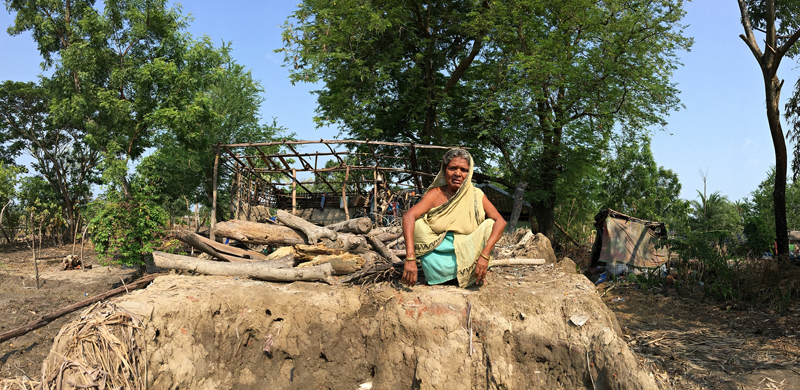
As another cyclone slammed the Sundarban islands in West Bengal, there was devastation all around. This time a lot of lives were saved owing to timely evacuations but what is lost is livelihood and homes. Some 134 embankments that protect the region were breached during Cyclone Yaas, destroying villages. IBNS photographer Avishek Mitra captures glimpses of life and rebuilding amid the devastation.
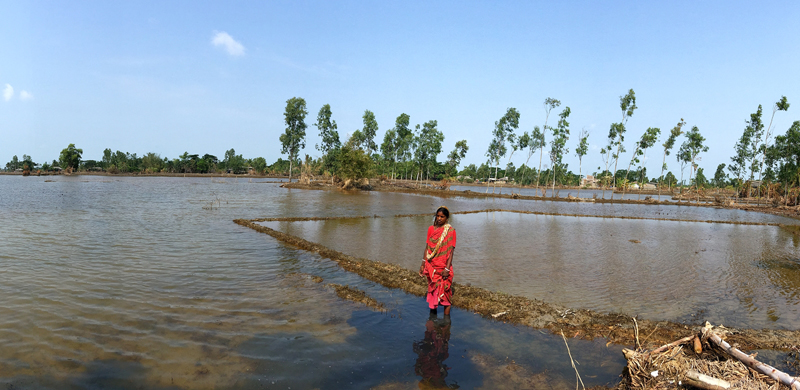
A UNESCO World Heritage site Sundarbans is home to highly unique ecology – including the world's largest mangrove gene pool and the endangered royal Bengal tiger. The Sundarbans (spread across a 9630 sq km-area in India and covering 16,370 sq km in Bangladesh) face a drastic threat from global warming and attendant climatic change.Images by Avishek Mitra/IBNS
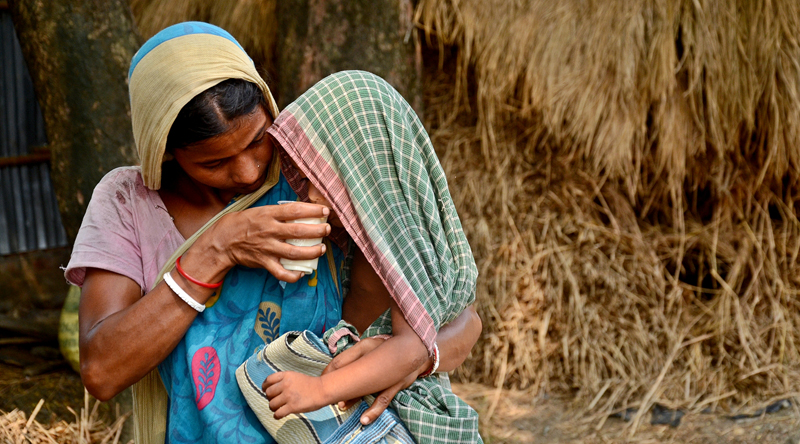
As another cyclone slammed the Sundarban islands in West Bengal, there was devastation all around. This time a lot of lives were saved owing to timely evacuations but what is lost is livelihood and homes. Some 134 embankments that protect the region were breached during Cyclone Yaas, destroying villages. IBNS photographer Avishek Mitra captures glimpses of life and rebuilding amid the devastation.
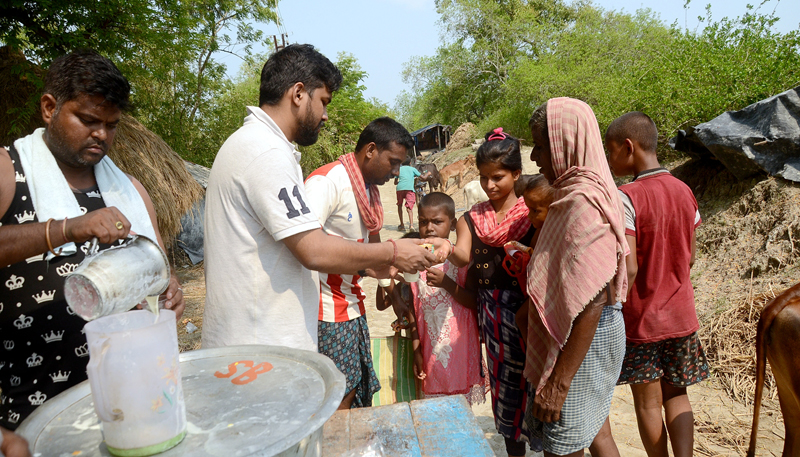
A UNESCO World Heritage site Sundarbans is home to highly unique ecology – including the world's largest mangrove gene pool and the endangered royal Bengal tiger. The Sundarbans (spread across a 9630 sq km-area in India and covering 16,370 sq km in Bangladesh) face a drastic threat from global warming and attendant climatic change.Images by Avishek Mitra/IBNS
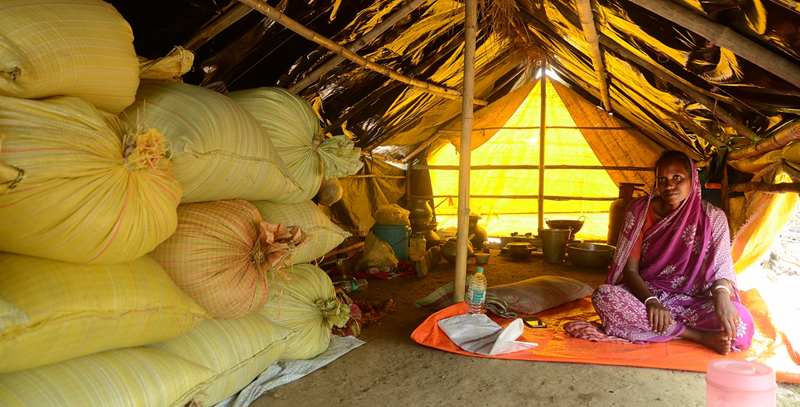
As another cyclone slammed the Sundarban islands in West Bengal, there was devastation all around. This time a lot of lives were saved owing to timely evacuations but what is lost is livelihood and homes. Some 134 embankments that protect the region were breached during Cyclone Yaas, destroying villages. IBNS photographer Avishek Mitra captures glimpses of life and rebuilding amid the devastation.
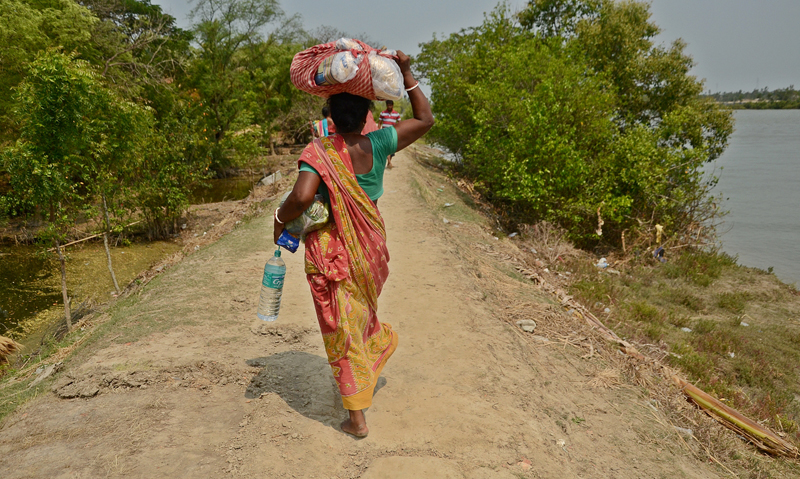
A UNESCO World Heritage site Sundarbans is home to highly unique ecology – including the world's largest mangrove gene pool and the endangered royal Bengal tiger. The Sundarbans (spread across a 9630 sq km-area in India and covering 16,370 sq km in Bangladesh) face a drastic threat from global warming and attendant climatic change.Images by Avishek Mitra/IBNS
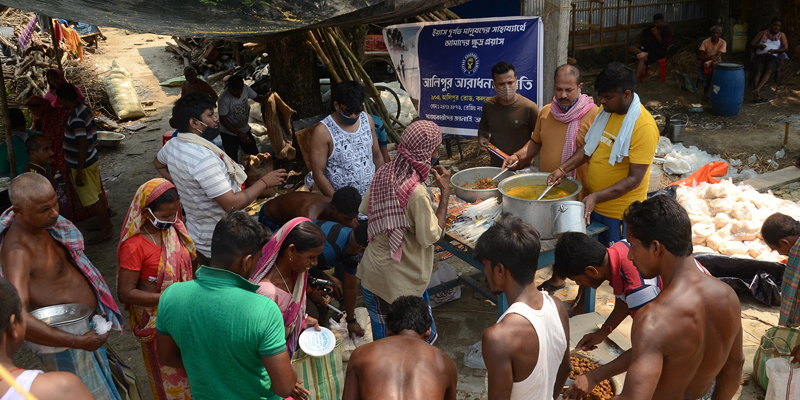
A UNESCO World Heritage site Sundarbans is home to highly unique ecology – including the world's largest mangrove gene pool and the endangered royal Bengal tiger. The Sundarbans (spread across a 9630 sq km-area in India and covering 16,370 sq km in Bangladesh) face a drastic threat from global warming and attendant climatic change.Images by Avishek Mitra/IBNS
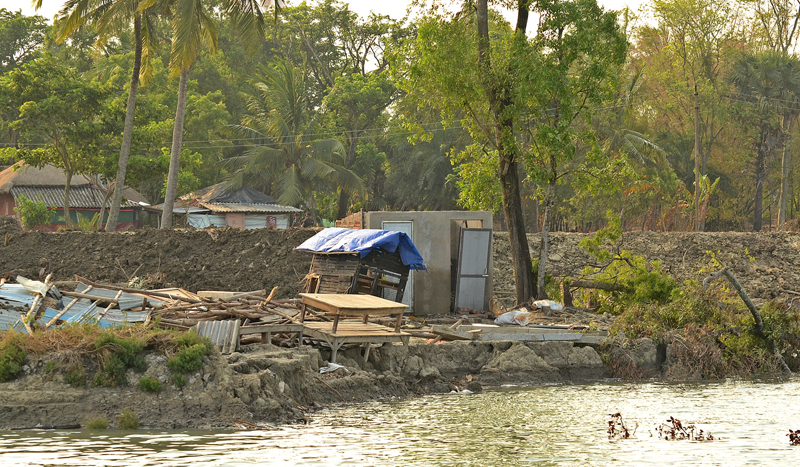
As another cyclone slammed the Sundarban islands in West Bengal, there was devastation all around. This time a lot of lives were saved owing to timely evacuations but what is lost is livelihood and homes. Some 134 embankments that protect the region were breached during Cyclone Yaas, destroying villages. IBNS photographer Avishek Mitra captures glimpses of life and rebuilding amid the devastation.
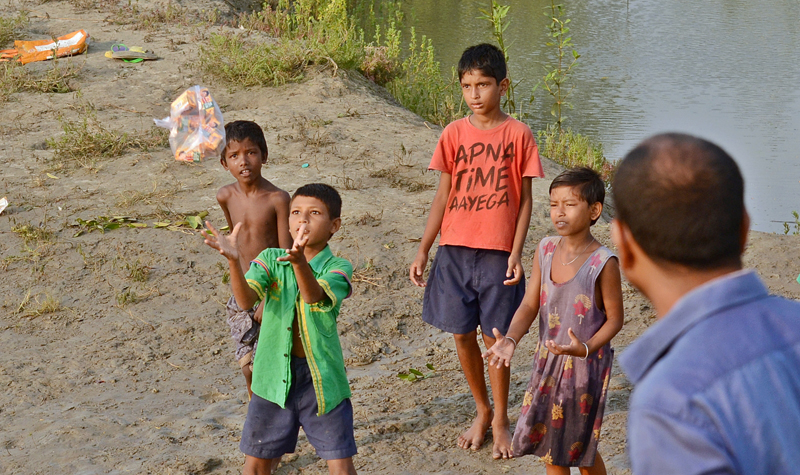
A UNESCO World Heritage site Sundarbans is home to highly unique ecology – including the world's largest mangrove gene pool and the endangered royal Bengal tiger. The Sundarbans (spread across a 9630 sq km-area in India and covering 16,370 sq km in Bangladesh) face a drastic threat from global warming and attendant climatic change.Images by Avishek Mitra/IBNS
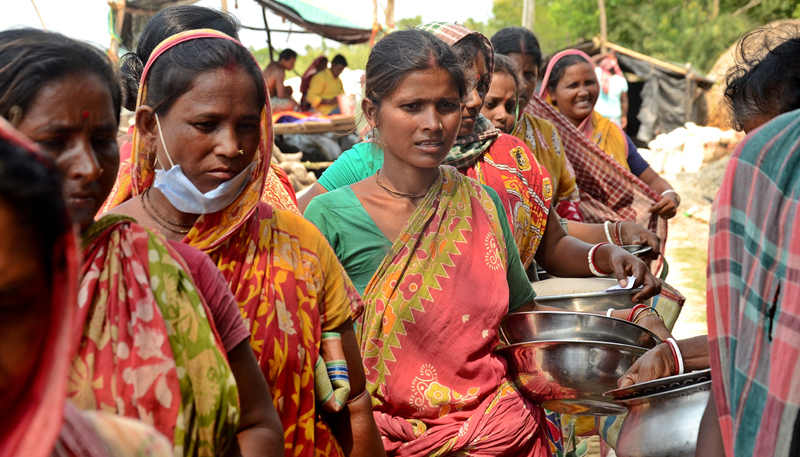
As another cyclone slammed the Sundarban islands in West Bengal, there was devastation all around. This time a lot of lives were saved owing to timely evacuations but what is lost is livelihood and homes. Some 134 embankments that protect the region were breached during Cyclone Yaas, destroying villages. IBNS photographer Avishek Mitra captures glimpses of life and rebuilding amid the devastation.
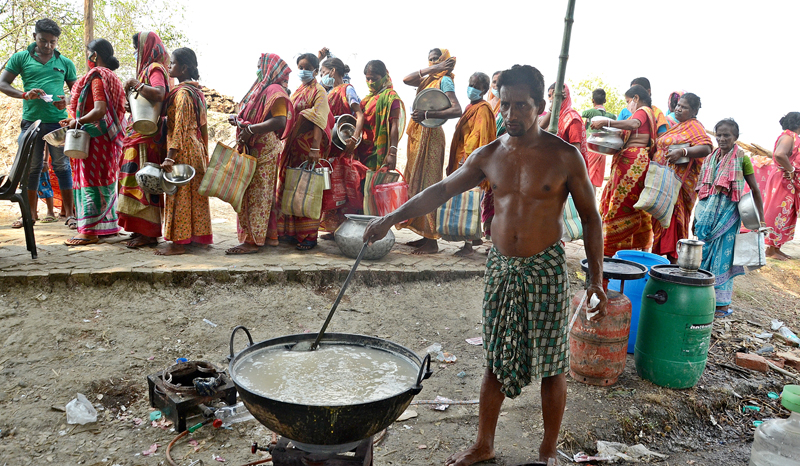
A UNESCO World Heritage site Sundarbans is home to highly unique ecology – including the world's largest mangrove gene pool and the endangered royal Bengal tiger. The Sundarbans (spread across a 9630 sq km-area in India and covering 16,370 sq km in Bangladesh) face a drastic threat from global warming and attendant climatic change.Images by Avishek Mitra/IBNS

Relief workers reaching Sundarbans after Cyclone Yaas. A UNESCO World Heritage site Sundarbans is home to highly unique ecology – including the world's largest mangrove gene pool and the endangered royal Bengal tiger. The Sundarbans (spread across a 9630 sq km-area in India and covering 16,370 sq km in Bangladesh) face a drastic threat from global warming and attendant climatic change.Images by Avishek Mitra/IBNS
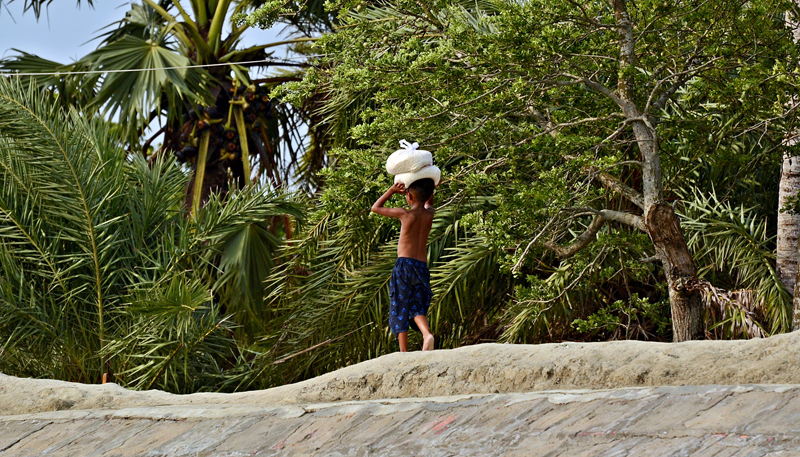
A UNESCO World Heritage site Sundarbans is home to highly unique ecology – including the world's largest mangrove gene pool and the endangered royal Bengal tiger. The Sundarbans (spread across a 9630 sq km-area in India and covering 16,370 sq km in Bangladesh) face a drastic threat from global warming and attendant climatic change.Images by Avishek Mitra/IBNS
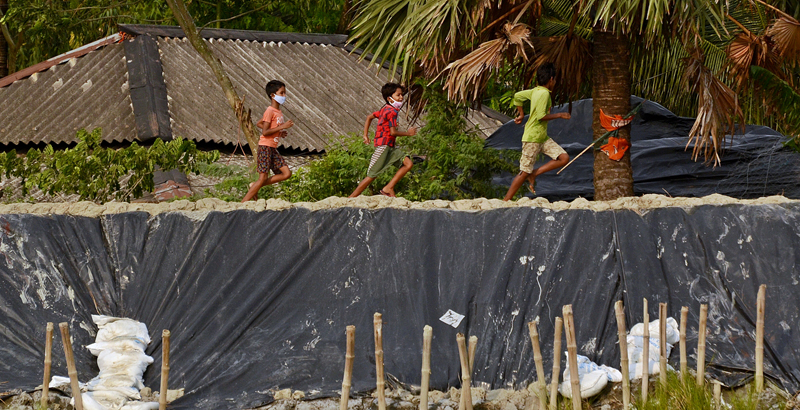
As another cyclone slammed the Sundarban islands in West Bengal, there was devastation all around. This time a lot of lives were saved owing to timely evacuations but what is lost is livelihood and homes. Some 134 embankments that protect the region were breached during Cyclone Yaas, destroying villages. IBNS photographer Avishek Mitra captures glimpses of life and rebuilding amid the devastation.
Latest Headlines
Latin Quarters unveils winter fashion in Kolkata Wed, Nov 20 2024
Indian Community welcomes PM Modi at Rio de Janeiro Mon, Nov 18 2024
PM Modi with US President Joe Biden at G20 Session n Rio de Janeiro Mon, Nov 18 2024
Brazil President Luiz Inacio welcomes PM Modi at G20 Rio Summit Mon, Nov 18 2024
Related Images
Slideshow: Moments from the cherished life of fashion designer Rohit Bal who passes away 02 Nov 2024, 04:25 pm







